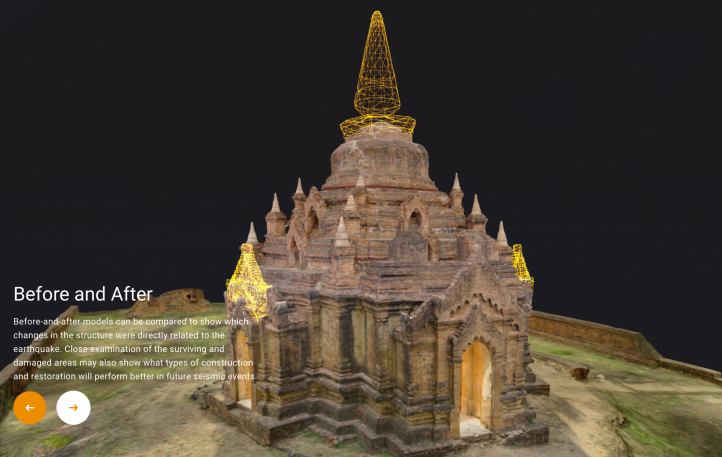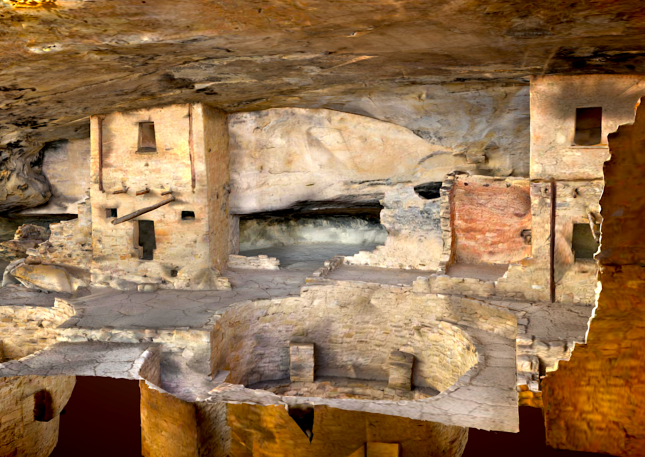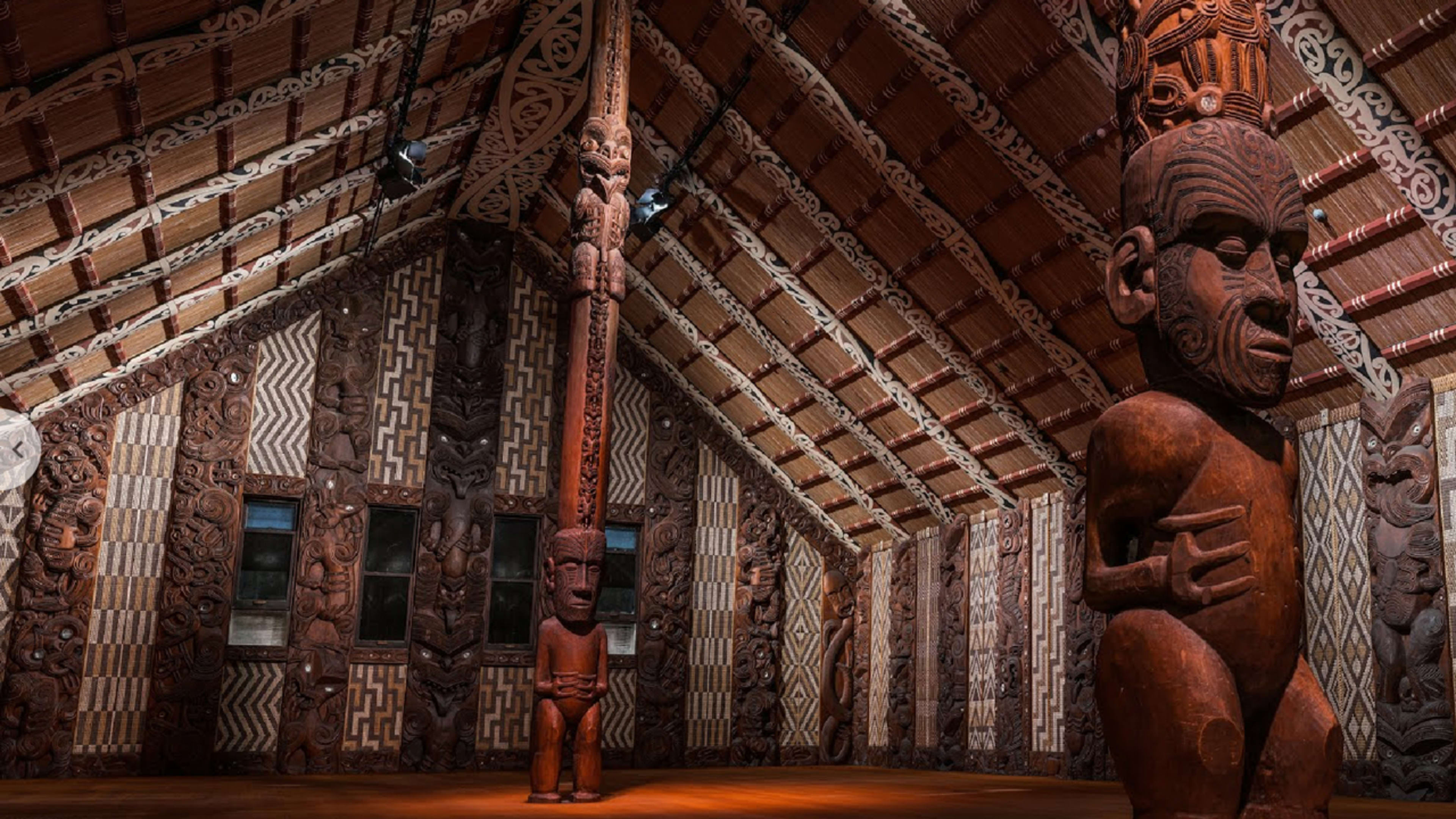Riven by ethnic violence in recent years, Myanmar (aka Burma) is not a great place for tourists to visit. But a virtual trip to its stunning Buddhist temples is possible via a new project by high-tech cultural preservation organization CyArk. The Oakland-based nonprofit uses laser scans and extremely detailed photography to capture historic sites in exacting 3-D representation.
In a tie-up with CyArk, Google has launched Open Heritage, which uses the organization’s data to create 3-D tours of 27 cultural sites around the world, from the Buddhist temples of Bagan, Myanmar, to the cliff dwellings of Mesa Verde, Colorado. They are available on the web, through VR viewers, and with Google’s Arts&Culture mobile app.

Virtual Rescue
The bittersweet focus of Open Heritage is on sites that may not last long. Bagan’s thousands of buildings sit on an active earthquake fault. A quake in August 2016 brought down tons of masonry, such as the spire of the five-sided Eim Ya Kuang temple.
CyArk happened to photograph and scan the building and several neighbors before the quake, and it returned afterwards. Open Heritage allows viewers to see not just photos and videos, but high-res 3-D models of how the structure looked before and after the trembler. The data enables VR walkthroughs of the closed-up building, and architectural renderings that CyArk says can help the restoration work.

The world isn’t getting any safer. After taking Kacyra’s hometown of Mosul, Iraq, in 2014, ISIS obliterated archeological sites including the ancient Assyrian Capital of Nineveh. CyArk had visited years earlier and taken detailed photos that are available on its site, although Nineveh is not among the initial Open Heritage projects.
The Brandenburg Gate from any angle. [Animation: Courtesy ofOpen Heritage]No longer war-torn, Germany is much safer to visit than Iraq, with sites like Berlin’s 18th century Brandenburg Gate fully restored in recent decades. But a live visit couldn’t include a low-altitude daredevil flyover, or viewing the gate from underground, looking up through a transparent Earth. Both are possible with CyArk and Google’s 3-D model of the landmark.

Recognize your brand’s excellence by applying to this year’s Brands That Matter Awards before the early-rate deadline, May 3.
